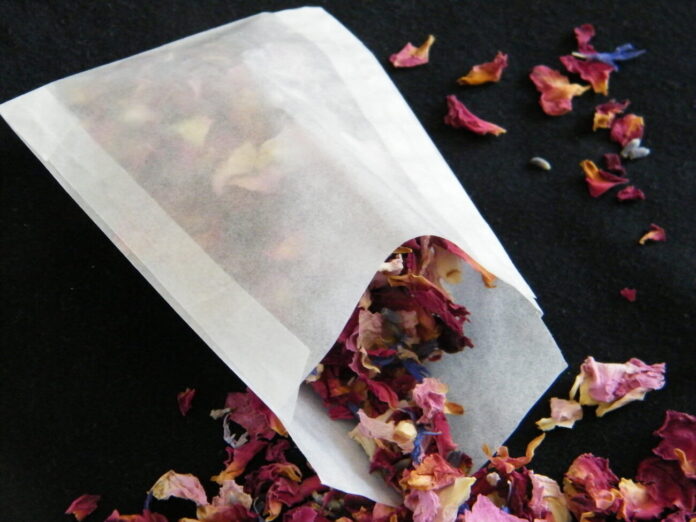Glassine is a durable and attractive paper that is pleasant to the touch.
Glassine is one of the rare materials that can preserve its contents while also providing an attractive presentation.
Glassine bags, pouches, and envelopes are recyclable and biodegradable, allowing you to ditch plastics, films, and foils in favor of a more eco-friendly option. Glassine’s unique properties make it a sought-after primary and secondary packaging option for a wide variety of products across a variety of industries, including the fashion, medical, food, and cosmetics sectors.
It can withstand lubricants, dampness, air, and moisture without breaking down, and it has a neutral pH and is acid-free.
They are also safe for direct food contact and can be sanitized for medicinal usage. Here is what you may want to know about them.
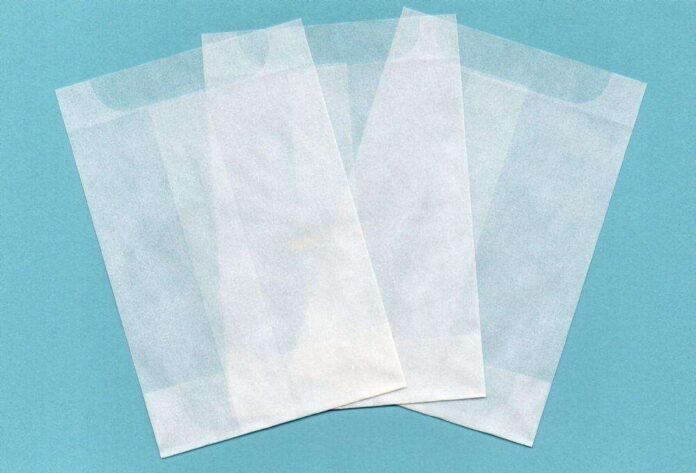
What is glassine?
Glassine is a kind of translucent paper made using a process called supercalendering, and it is exceptionally smooth to the touch.
Its unusual appearance and texture make it easy to mistake for wax paper, parchment, or even plastic; nevertheless, it is actually made entirely of paper and may be recycled at the curb.
Glassine, a one-and-done substrate, has features that make it stand out among other materials.
Although glassine may look similar to other substrates such as parchment or wax paper, it is in fact a completely different material.
It is impervious to oil, water, air, and moisture.
Allowing for safe use around edibles.
Additionally, and maybe most importantly, glassine can help you leave a smaller carbon footprint.
Glassine has no added chemicals, thus it can be recycled and decomposed very easily.
Waxed bags vs glassine bags: what’s the best choice?
Like other packing dilemmas, deciding between waxed bags and glassine bags can be simplified by asking some preliminary questions:
Do you package retail and commercial products, including food?
Are the items you’ve selected dry, greasy, or impervious to contaminants and dampness?
Do you keep your goods at room temperature or do you heat your food before serving?
Do you want something more branded, or will the standard package suffice?
Whenever possible, would you want to employ eco-friendly packing supplies?
It’s safe to assume you already know which of these paper bags will best meet your packaging needs.
We also assume that waxed bags and glassine bags are heaving a sigh of relief as they may soon no longer be confused with one another.
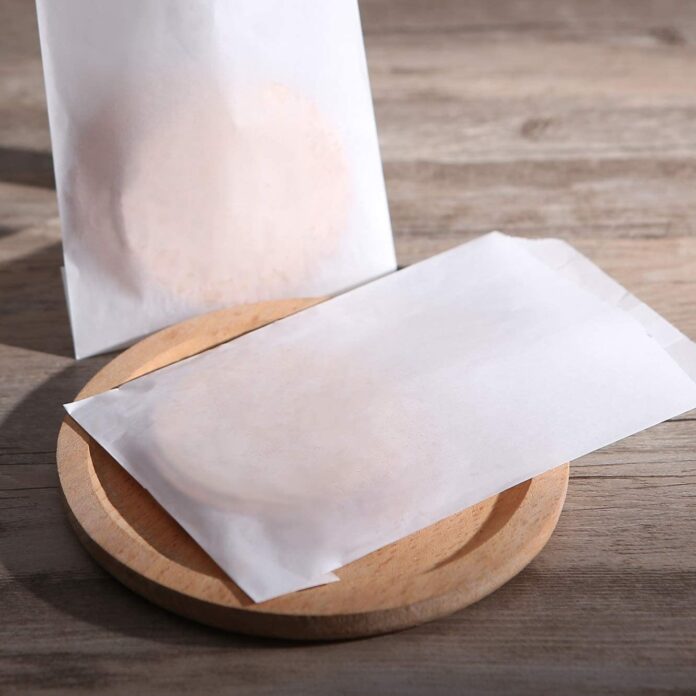
Are they recyclable?
Glassine bags, like other paper products, are recyclable through curbside programs and with the right approach.
The recycling center in your area should be contacted first to see if they take these, as not all programs do.
It’s important to keep in mind that paper can only be recycled so many times before the fibers grow too short to be reused.
On the other hand, glassine bags can be further processed during recycling to produce more paper goods.
Glassine bags manufactured from recyclable paper are also available.
What about biodegradable?
Glassine bags are made entirely of paper, making them completely biodegradable even if they aren’t recyclable where you live.
Nonetheless, this does not mean they should be discarded carelessly, as doing so would lead to their eventual disposal in a landfill through a plastic garbage bag.
This will either reduce the pace of biodegradation or cause them to decompose anaerobically, both of which can contribute to the release of methane, a powerful greenhouse gas that you will want to avoid.
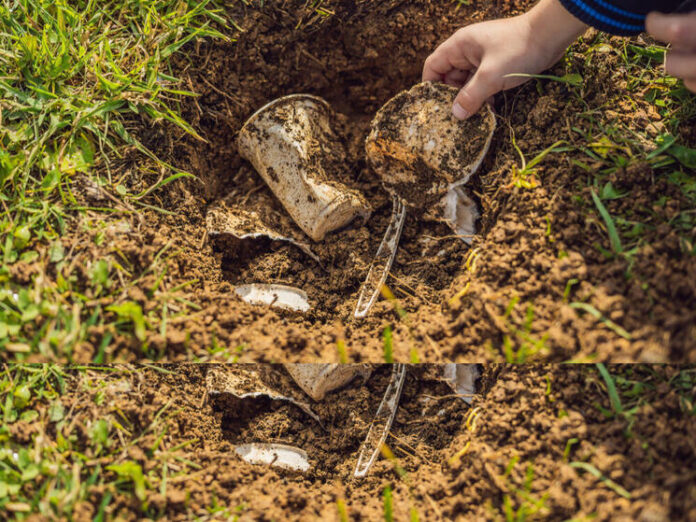
Are there some other alternatives?
Glassine is about as eco-friendly as it gets in terms of packaging materials.
We’ve already covered the many advantages of glassine over plastic bags, including its similarity in function and its low environmental impact.
Cardboard is another eco-friendly alternative to plastic packaging, but like other paper products, it doesn’t provide the same level of protection as glassine does.
Find glassine bags that are produced from recycled paper if you’re concerned about the environment.
However, if you are unable to locate them, any form of glassine bag would suffice as an environmentally acceptable alternative.
4 Tips for Making your own glassine bags
1. Custom size
You shouldn’t count on your packaging to always fit a product of a standard size.
Glassine bags and envelopes can be made to your exact specifications with the right brand.
In order to generate unique sizes that range from 1.25 by 1.75 inches to 13 by 16 inches and beyond, you can choose a size and specifications that suit you.
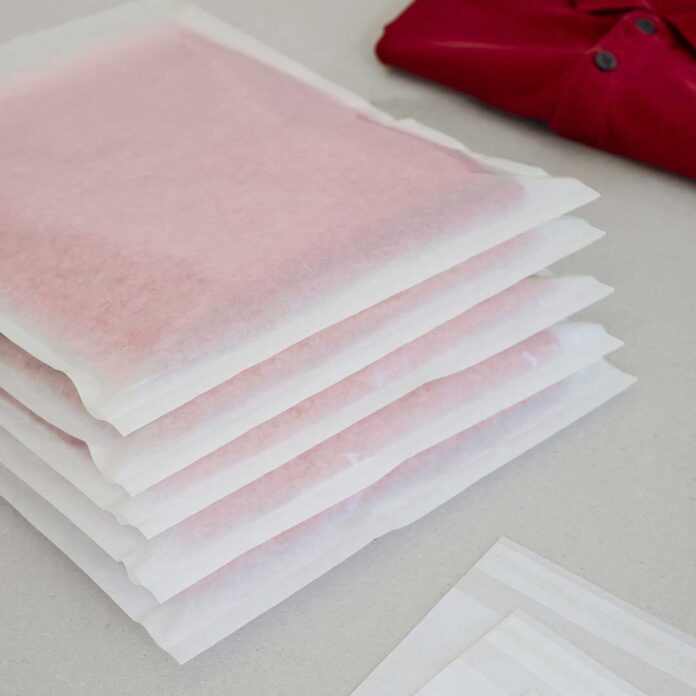
2. Seal and closure
It’s crucial to seal and package your goods properly. This is why you will want to pack your goods in a bag that has a durable and sturdy closure. You should make sure that the packaging is constructed solidly so that it can withstand storage and transit without suffering harm.
3. Tamper-proof
When possible, tamper-evident seals give an additional layer of security by letting the users know whether the product has been tampered with.
Customers will like the ease of use provided by the perforated closure, which also helps to safeguard the contents.
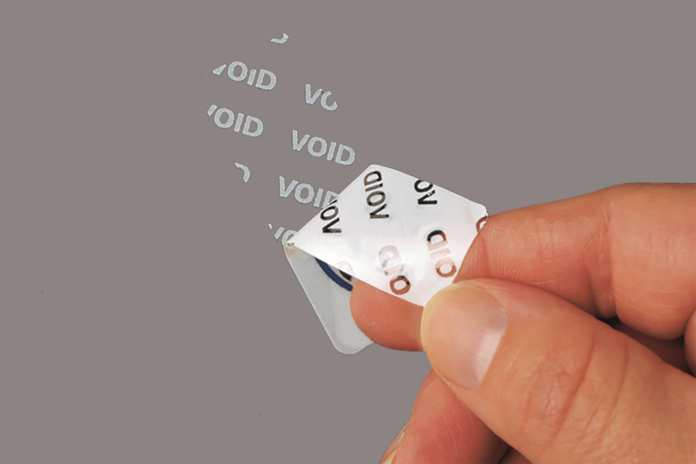
4. Adhesive
The tear-away notches provide you with a practical substitute for opening smaller packages. The right type of adhesive will come in handy.
You can pick between peel-and-seal, resealable, and heat-activated adhesives for garments with most brands.
Where to find some of the best options when it comes to glassine bags?
Do you love the idea and the concept that is behind this? Most people who wish to stay or become eco-aware will gravitate toward this concept eventually. So, the sooner you make a switch, the better! Maybe you’re still not too sure where to shop, and you wish to know more while seeing your options. For instance, Glassine Bags For Wax Melts can be a great option for you, which you can find here. You can also enjoy clear display bags, labels, stickers, and envelopes. Learn more and find more products by visiting the site and understanding your options.

